Introduction:
Blazor, Microsoft’s innovative web framework, empowers developers to build interactive and dynamic web applications using C# and .NET. At the heart of Blazor’s component-based architecture lies the concept of reusable components and the extensibility offered by libraries. In this article, we’ll explore the world of Blazor components and libraries, understanding how they streamline development, promote code reusability, and accelerate the creation of sophisticated web applications.
Understanding Blazor Components:
Component-Based Architecture:
- Blazor follows a component-based architecture where the UI is built using components, each encapsulating its logic and rendering.
Building Blocks:
- Components act as building blocks for the application, making it easier to structure and maintain code.
Lifecycle Methods:
- Components have lifecycle methods such as OnInit, OnParametersSet, and OnAfterRender, allowing developers to execute code at specific points in a component’s lifecycle.
Reusability:
- Components can be reused across different parts of the application, promoting code reusability and modular development.
Creating Custom Blazor Components:
Parameterized Components:
- Create parameterized components by defining parameters that can be passed to the component from its parent.
Event Handling:
- Implement event handling in components to capture user interactions and trigger actions.
Component Composition:
- Compose larger components from smaller ones, fostering a modular and maintainable code structure.
Component Libraries:
- Package your components into reusable libraries for easy distribution and adoption in other projects.
Exploring Blazor Libraries:
Razor Class Libraries (RCL):
- RCL allows developers to create and share Razor components as libraries, extending the capabilities of Blazor applications.
NuGet Packages:
- Package Blazor components and functionality into NuGet packages for seamless integration into projects.
Third-Party Component Libraries:
- Leverage third-party component libraries like Telerik UI for Blazor or Syncfusion Blazor to accelerate development and enhance the UI/UX of your applications.
Reusable UI Components:
- Create and share reusable UI components across projects to maintain a consistent design language and user experience.
Best Practices for Blazor Components and Libraries:
Keep Components Simple:
Aim for simplicity and clarity in component design to enhance maintainability and ease of use.
Documentation:
- Provide thorough documentation for components and libraries to guide developers in their usage.
Versioning:
- Follow semantic versioning practices for components and libraries to ensure backward compatibility and smooth upgrades.
Testing:
- Implement unit testing for components to ensure they function as expected and maintain stability across updates.
Conclusion:
Blazor components and libraries empower developers to create modular, reusable, and scalable web applications. By understanding the fundamentals of component-based architecture and exploring the possibilities offered by custom components and libraries, developers can accelerate their workflow, foster collaboration, and deliver high-quality applications that meet the demands of modern web development. As you embark on your Blazor journey, embrace the power of components and libraries to unlock the full potential of this groundbreaking framework.


